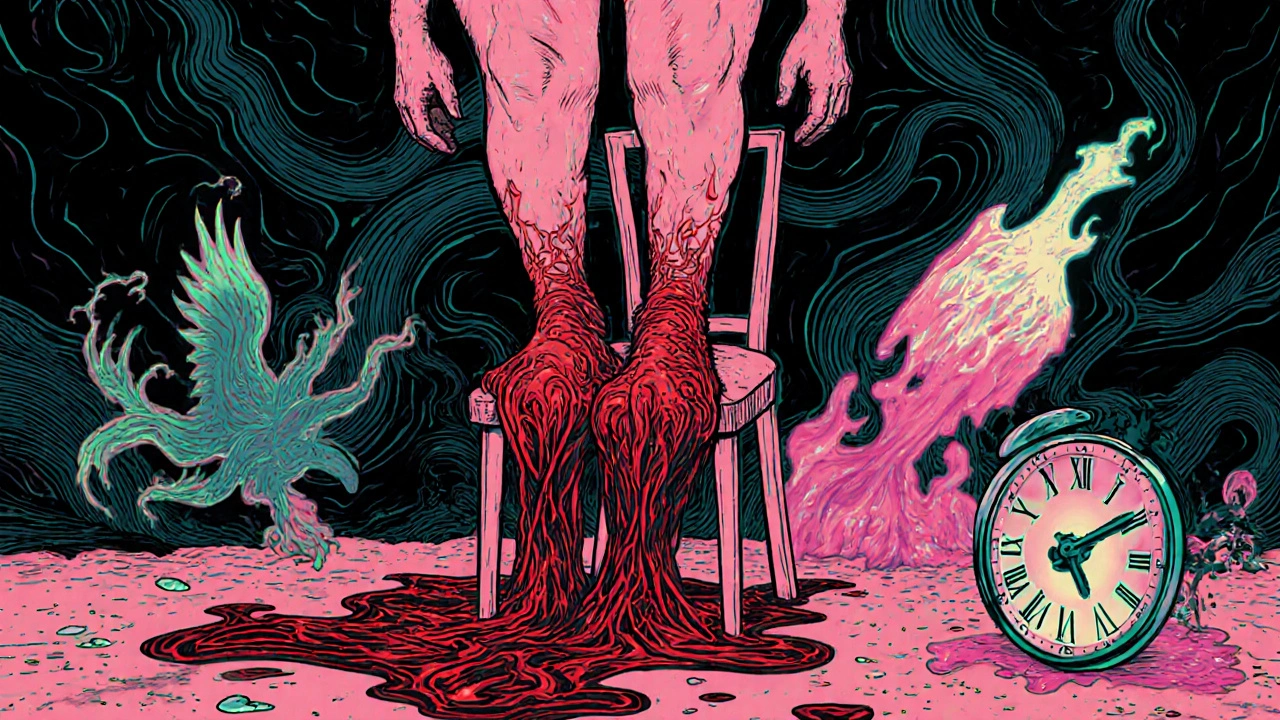Orthostatic Hypotension: Causes, Risks, and What You Can Do
When you stand up too fast and feel like the room is spinning, that’s not just being clumsy—it could be orthostatic hypotension, a sudden drop in blood pressure when standing up. Also known as postural hypotension, it happens when your body can’t adjust blood flow quickly enough to keep your brain supplied with oxygen. It’s not rare—about 20% of people over 65 experience it, and it can show up in younger people too, especially if they’re dehydrated, on blood pressure meds, or have nerve damage from diabetes.
Orthostatic hypotension isn’t just about dizziness. It can lead to falls, fainting, or even injuries. The body normally reacts to standing by tightening blood vessels and increasing heart rate, but when that system slows down or gets confused, blood pools in your legs instead of rushing to your head. This is why you might feel lightheaded after getting out of bed, standing in line too long, or coming up from the toilet. Certain medications—like those for high blood pressure, depression, or Parkinson’s—can make it worse. So can not drinking enough water, being in hot weather, or sitting for hours without moving.
People with kidney disease, a condition that affects fluid and electrolyte balance often deal with this because their bodies struggle to regulate blood volume. Those on thyroid medication, which can alter metabolism and circulation might notice it too, especially if their dose isn’t quite right. Even something as simple as eating a big meal can trigger it—blood rushes to your digestive system and leaves less for your brain. The good news? Most cases can be managed without new drugs. Simple moves like drinking more water, standing up slowly, wearing compression socks, or avoiding alcohol make a real difference.
You won’t find a magic pill for orthostatic hypotension, but you’ll find practical advice in the posts below. From how to time meals to avoid sudden drops, to understanding how other medications might be contributing, these guides give you real, usable steps. Whether you’re managing it yourself or helping someone else, you’ll see what actually works—not just what sounds good on paper.

